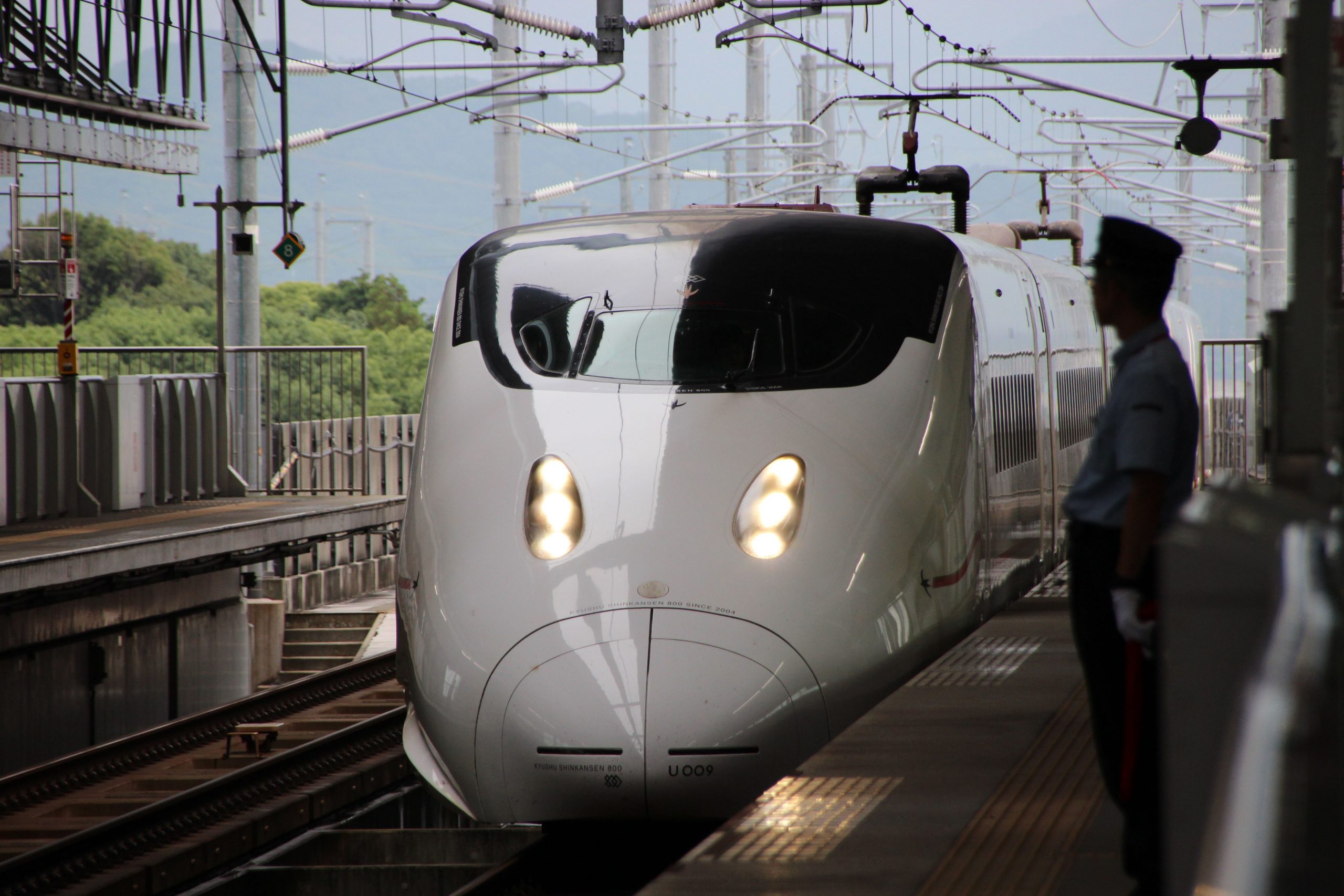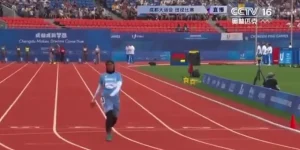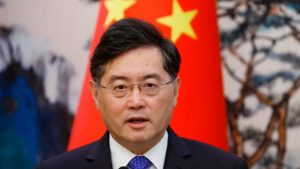In a move that
will allow all 31 provincial-level regions of China access to high-speed rail,
a 435-kilometer rail line connecting Tibetan capital Lhasa with the city of
Nyingchi, entered into service on June 25. This is the first fully electrified
bullet train service run by China in the remote Himalayan region of Tibet.
Nearly 90% of the
route is located 3,000 meters above sea level and took six years to construct,
reports CNN.
The railway line
has gained geopolitical prominence as the rail route’s end-point, Nyingchi, is strategically
located close to the Indian state of Arunachal Pradesh.
Also Read| Xi hails ‘irreversible’ rise of China at 100th birthday of Communist Party
A staggering RMB
36.6 billion ($5.6 billion) was spent on building the line which is serviced by
the Fuxing series of high-speed electric trains developed and operated by China
State Railway Group.
Traversing high
altitudes, these trains are equipped with automated oxygen supply, which keep oxygen
levels at a fixed 23.6%, marginally higher that the 21% found on average in the
atmosphere.
Windows of these
trains feature a special layer of glass that can withstand the region’s high
ultraviolet levels. The trains operate at around 160kmph, far slower than
maximum speeds of 350kmph on many of China’s other rail lines.
Also Read| China’s power failure could last until end of the year, say officials
Tibet’s first
electrified railway, the new Lhasa-Nyingchi is 1,740 kilometres long and is
slated to link Chengdu, the capital of Sichuan province, with Lhasa, shortening
travel time between the two cities from 48 hours to 13 hours.
Construction of
the railway network will be carried out in three phases. The first, the Chengdu–Ya’an
Railway opened in 2018; the second is the Lhasa-Nyingchi; work on the final Ya’an–Nyingchi
Railway began in 2020 and is expected to be completed by 2030.
The Lhasa–Nyngchi Railway
is only a small part of China’s rapidly-expanding high-speed railway network.
Nearly 40,000 kilometres of lines criss-cross the country connecting major mega-city
clusters and the network is slated to expand to 70,000 kilometres by 2035.
Also Read| Luxury in the clouds: Shanghai opens world’s highest hotel
China’s ruling
Communist Party and its leader Xi Jinping are said to believe that bullet
trains are symbolic of the country’s economic power. The Chinese government
also considers high-speed rail a powerful tool of social cohesion, political
influence and integration of disparate regions into the mainstream.







